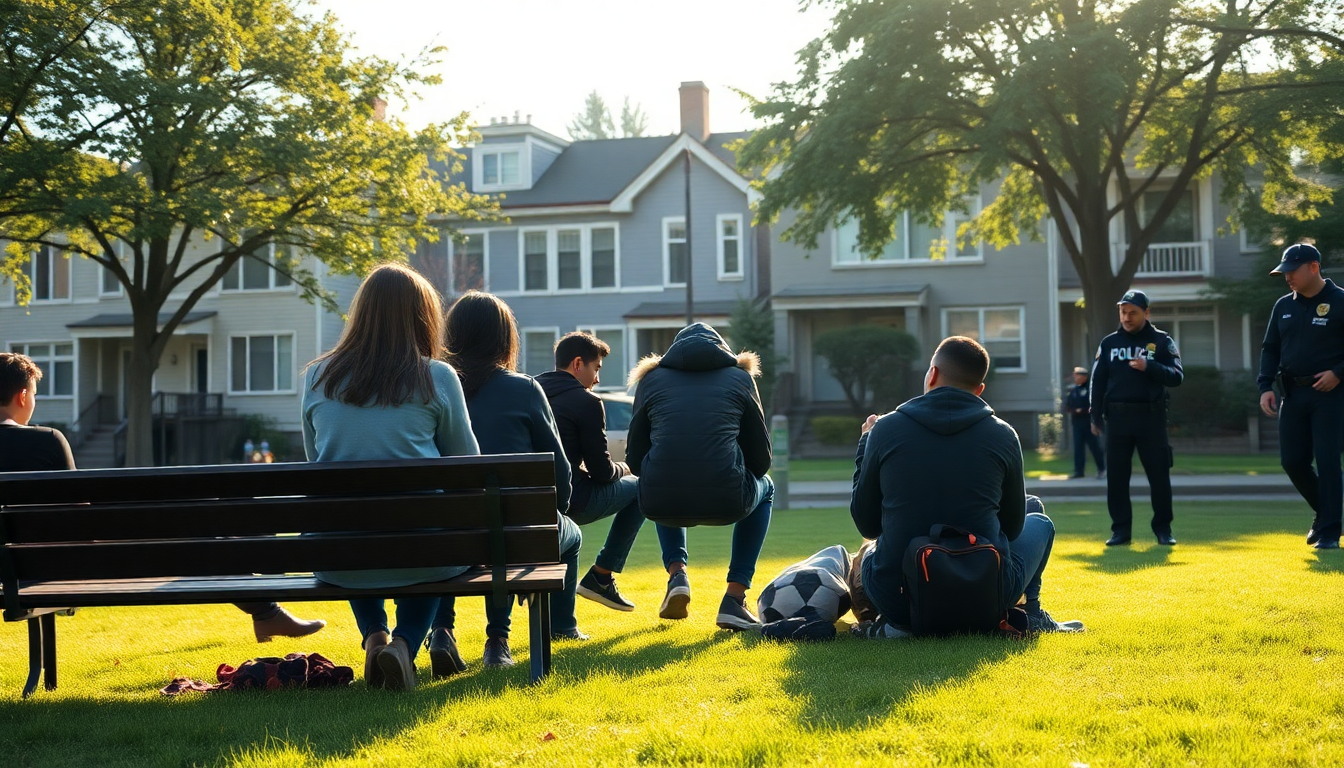Table of Contents
The recent stabbing incident in Vancouver’s Dunbar neighborhood has raised serious alarms about youth violence and community safety. A 16-year-old boy was injured, leading to the arrest of another teenager, underscoring a worrying trend of violent confrontations among young people.
This incident, which took place on a Saturday evening, has sparked conversations about the root causes of such violence and the steps we can take to prevent it. What can we do to ensure our neighborhoods are safe for everyone?
Incident Overview
On the evening of June 28th, Vancouver police responded to reports of a violent confrontation at the intersection of West 16th Avenue and Wallace Street. When officers arrived, they found the victim suffering from multiple stab wounds. Thankfully, his injuries, while serious, are not life-threatening, and he is expected to recover.
But how did it come to this?
According to police reports, the suspect had fled the scene before officers arrived but was later located at his home. Investigators revealed that the two youths were acquainted, indicating that this wasn’t a random act of violence but rather tied to personal conflicts.
The suspect has since been released into the custody of his parents and is scheduled to appear in court on August 21. How do we address such underlying issues?
Context of Youth Violence in Vancouver
This incident is part of a troubling pattern of rising youth violence in urban areas.
Various factors contribute to this trend, including socio-economic struggles, peer pressure, and access to weapons. Community leaders and law enforcement officials are increasingly pushing for preventive measures, emphasizing the need for youth engagement programs and mental health resources. Isn’t it time we considered new approaches to tackle these challenges?
Moreover, neighborhoods like Dunbar, typically known for their low crime rates, are now confronting the harsh reality of youth-related violence.
Such incidents can have lasting effects on community cohesion, creating fear among residents and prompting calls for enhanced safety measures. It’s essential for local authorities to tackle these concerns head-on. What steps can we take to restore peace in our communities?
Preventive Measures and Community Response
In light of these incidents, communities must unite to create safer environments for their youth. Implementing after-school programs that promote positive activities and peer interactions can make a significant difference. Schools and community centers can provide safe spaces for young people, offering mentorship and conflict resolution training that helps them resolve disputes without resorting to violence. How can we encourage more young people to participate in these initiatives?
Additionally, open dialogues between law enforcement, parents, and youth can bridge gaps in understanding and trust. By engaging young people in conversations about the consequences of violence and the importance of community, we can work towards fostering a supportive environment that discourages violent behavior. Are we doing enough to connect with the youth in our neighborhoods?
Looking Ahead
As the investigation into the Dunbar stabbing unfolds, it serves as a critical reminder of the importance of community vigilance and robust support systems. The trajectory of youth violence can be changed through collective action—by investing in our youth, we invest in the future of our communities. Addressing the root causes of violence, providing adequate support systems, and nurturing a culture of peace and understanding are vital steps towards ensuring safety and resilience in our neighborhoods. What role will you play in shaping a brighter future for our youth?





